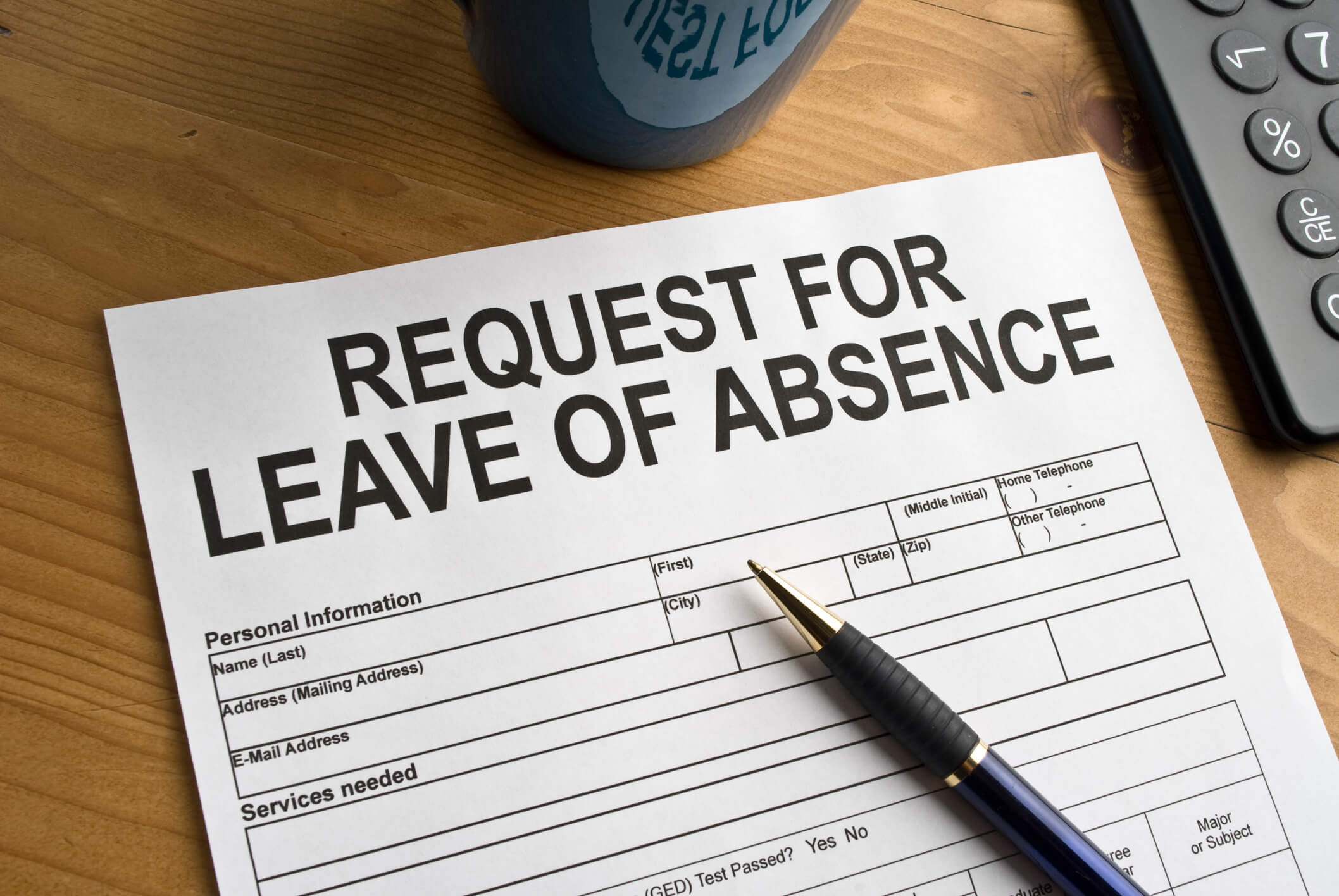The City of Minneapolis’s Sick and Safe Time Ordinance requiring employers with employees who perform at least 80 hours of work in a year in the city with paid time off for illness or other personal matters does not conflict with state laws on the subject, nor does it unlawfully extend the city’s laws outside its geographic boundaries. In Minnesota Chamber of Commerce v. City of Minneapolis, No. A18-0771 (June 10, 2020), the Minnesota Supreme Court affirmed the Minnesota Court of Appeals, which had ended an injunction issued by a district court that limited the application of the ordinance to employers having a physical presence in the city.
Background
The Minneapolis Sick and Safe Time Ordinance was enacted in May 2016 with an effective date of July 1, 2017. Under the ordinance, covered employers (those with six or more employees) are required to provide either an accrual of 1 hour of paid time for every 30 hours worked, up to an annual limit of 48 hours, with carryover of unused time up to 80 hours, or provide at least 80 hours up front in a 12-month period. Employers may use their existing paid vacation, paid time off, or sick-time benefit policies or plans for the requirements of the ordinance. Employers may also provide for more generous benefits.
The Minnesota Chamber of Commerce, joined initially by several employers, challenged the ordinance and sought a temporary restraining order in Hennepin County District Court. The Chamber argued that the ordinance conflicted with and was preempted by state laws that addressed the subject of sick or safe time and that the ordinance exceeded the city’s powers by extending its reach to employers that were not physically located within Minneapolis.
In 2017, the district court ruled against the Chamber on the state law preemption issue, but it issued a restraining order against the application of the ordinance to employers without a physical presence in the city. In a first appeal to the Minnesota Court of Appeals, the district court’s decision was affirmed, and the case returned to the district court for further proceedings. In 2018, the district court granted summary judgment to the City of Minneapolis on the preemption claim and granted summary judgment to the Chamber on the extraterritoriality claim. Both parties again appealed to the court of appeals, which affirmed the district court’s decision on the preemption argument but reversed the decision on the extraterritoriality claim.
The Minnesota Supreme Court’s Decision
On June 10, 2020, a 5–2 majority of the Minnesota Supreme Court, in an opinion authored by Justice Natalie E. Hudson, affirmed the court of appeals’ decision. The majority found “no irreconcilable conflict between the Ordinance and state law” on the same subject and held that the City of Minneapolis had not exceeded its powers by applying the law to all employees who worked within the city, regardless of the location of their employers’ places of business. As to the extraterritoriality issue, the majority seemed to rely heavily on the provisions of the ordinance that limited accruals “to hours worked within the geographic limits of the City of Minneapolis” and limited the use of sick and safe time hours to when employees were scheduled to work in the city. Of less concern to the majority were situations in which employers outside the city (for example, pizza parlors or other businesses) made deliveries within the city.
In dissent, Justice G. Barry Anderson, joined by Chief Justice Lorie S. Gildea, objected to what he termed “a new test for analyzing whether a municipality can regulate activity beyond its borders.” The extraterritorial effect of the ordinance was “neither incidental nor indirect,” the dissenting justices found; it was “a feature [of the ordinance], not a bug,” and its “reach is plain from the intended scope of the Ordinance.” The result in the case, Justice Anderson wrote, was one that the court had disavowed in earlier cases because it would subject Minnesotans to differing regulations across the state and create a patchwork of regulation. Wrote Justice Anderson, “[T]he court’s new test is equivalent to no test at all and amounts to abolishing the extraterritorial doctrine altogether.”
Key Takeaways
The court’s decision likely will lead to expanded assertions of regulation by some Minnesota cities, including some of the state’s largest cities. For example, when the City of Saint Paul enacted a measure similar to Minneapolis’s Sick and Safe Time Ordinance, it expressly restricted its reach to businesses having “brick and mortar” presences within the city. Will Saint Paul now seek to amend and expand the ordinance? Does this mean that a Minnesota city’s higher minimum wage statute (like the Minneapolis minimum wage ordinance) now applies to employees for the portion of the day that they work in the city? At the same time, smaller cities may be emboldened to enact regulations that may make sense for their unique circumstances, but those regulations may impose significant burdens on employers whose employees only occasionally perform work in those cities. The Minnesota Legislature has addressed but has failed to pass a preemption law in past sessions, and in light of the disruptions caused by COVID-19, the priorities in the 2021 legislative session may lie elsewhere.





